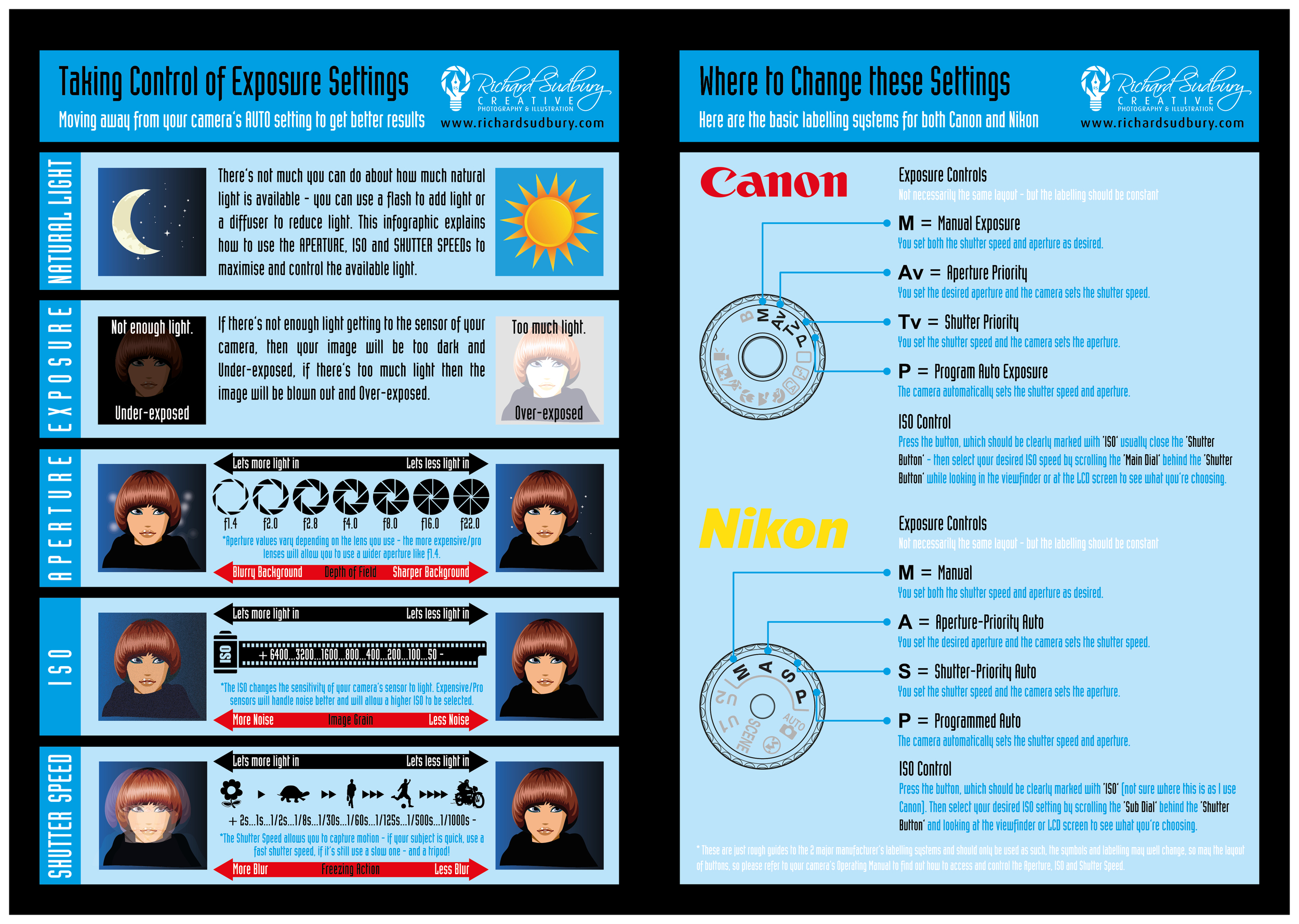Digital Photography Tips For Beginners: Understanding Your Electronic Camera Quickly
Digital Photography Tips For Beginners: Understanding Your Electronic Camera Quickly
Blog Article
Content Writer-Barrett Ploug
When you initially grab your cam, it can feel overwhelming with all the settings and options offered. https://zenwriting.net/charmain7huey/essential-photography-gear-what-you-actually-need-to-begin could find yourself asking yourself just how to navigate aperture, shutter speed, and ISO successfully. Understanding these fundamentals is essential, however there's more to digital photography than simply technical knowledge. Comprehending make-up techniques and lighting problems can elevate your photos substantially. So, what happens if you could find out straightforward approaches to improve your abilities and begin capturing impressive images sooner than you think? Allow's check out exactly how to transform your digital photography journey.
Understanding Video Camera Settings
Comprehending your electronic camera setups is important for recording stunning photos. When you get your electronic camera, acquaint yourself with the three major settings: aperture, shutter speed, and ISO. Each plays an important function in exactly how your images turn out.
Beginning with aperture, which regulates the amount of light getting in the lens. A broader aperture (lower f-number) allows extra light and produces a lovely history blur, excellent for pictures. On the other hand, a narrower aperture (greater f-number) keeps even more of the scene in emphasis, suitable for landscapes.
Next off, focus on shutter rate. relevant web-site determines the length of time your video camera's sensing unit is revealed to light. A fast shutter speed ices up movement, which is wonderful for action shots, while a sluggish shutter speed can produce spectacular effects like smooth water in landscapes.
Lastly, adjust your ISO. This setup influences your video camera's sensitivity to light. https://www.post-gazette.com/ae/books/2019/10/27/Camera-Hunter-George-Shiras-III-Birth-Wildlife-Photography-James-McCommons/stories/201910030207 is useful in low-light scenarios yet can present sound or grain. Go for the lowest ISO feasible while still achieving correct direct exposure.
Composition Strategies
When you're out capturing, structure can make all the difference in exactly how your photos resonate with visitors. Begin by utilizing the policy of thirds; imagine your frame separated into nine equal sections with 2 straight and two upright lines. Placement crucial elements along these lines or at their intersections to produce balance and interest.
Next, consider leading lines. These all-natural lines in your scene, like roads or rivers, draw the audience's eye right into the photo, leading them via the tale you're informing.
Do not forget about framing; usage elements within your scene, like trees or home windows, to develop a framework around your subject, adding depth and emphasis.
Additionally, watch on your background. A cluttered history can sidetrack from your main topic, while a basic one helps it attract attention.
Finally, trying out symmetry and patterns; they can produce a striking photo that records interest.
Mastering Lighting Conditions
Understanding illumination problems is vital for catching spectacular photos, as the best light can change a regular scene into something phenomenal.
Start by observing all-natural light at various times of the day. Early mornings and late afternoons supply the most effective light, called the golden hour. The soft, cozy tones during these times can improve your photos beautifully.
Do not avoid overcast days either; diffused light can lessen severe shadows and create a pleasing result, particularly for portraits.
Explore backlighting by positioning your subject versus the light source. This technique can develop a fanciful halo effect and add deepness to your photos.
http://earl826luann.xtgem.com/__xt_blog/__xtblog_entry/__xtblog_entry/37562315-checking-out-the-globe-with-the-lens-travel-photography-basics?__xtblog_block_id=1#xt_blog on your cam setups as well. Adjust the ISO, aperture, and shutter rate to suit the lights conditions. A higher ISO can aid in reduced light, however beware of grain.
Use a tripod in darker settings to stay clear of blur.
Lastly, do not fail to remember synthetic illumination. Flash and continuous lights can be great tools for managing light in challenging problems.
Final thought
To conclude, grasping your cam doesn't have to be overwhelming. By recognizing your settings, using structure methods, and harnessing the power of natural light, you'll swiftly elevate your photography abilities. Bear in mind, practice makes ideal, so go out there and explore your newly found expertise. With time and dedication, you'll be recording sensational pictures that show your special perspective. Appreciate the journey, and do not neglect to have a good time while you go to it!
